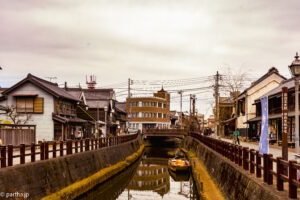
I was on a streetcar when I caught the conversation, an elderly lady talking to a man, similar in age with a high pitched voice. He was talking about a building model trains in his house for kids from his neighbourhood to play with.
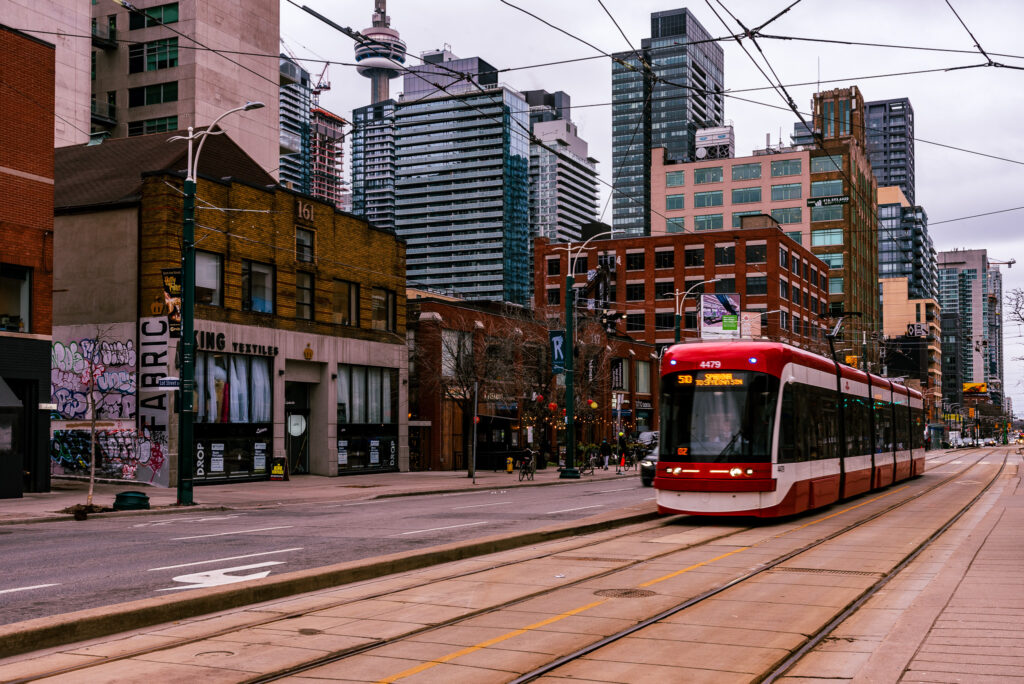
He finally got down at his stop and the lady looked around the streetcar, a broad smile on her face.
‘He builds model trains for children in his neighbourhood ‘, she said to everyone in the car, beaming from cheek to cheek.
‘People are so nice, all you have to ask other Canadians is what did they shop today’.
Someone sitting nearby responded to her, then moved closed to have a more focused and intimate conversation. But that exchange triggered something I had been trying to put a phrase into for the last few days.
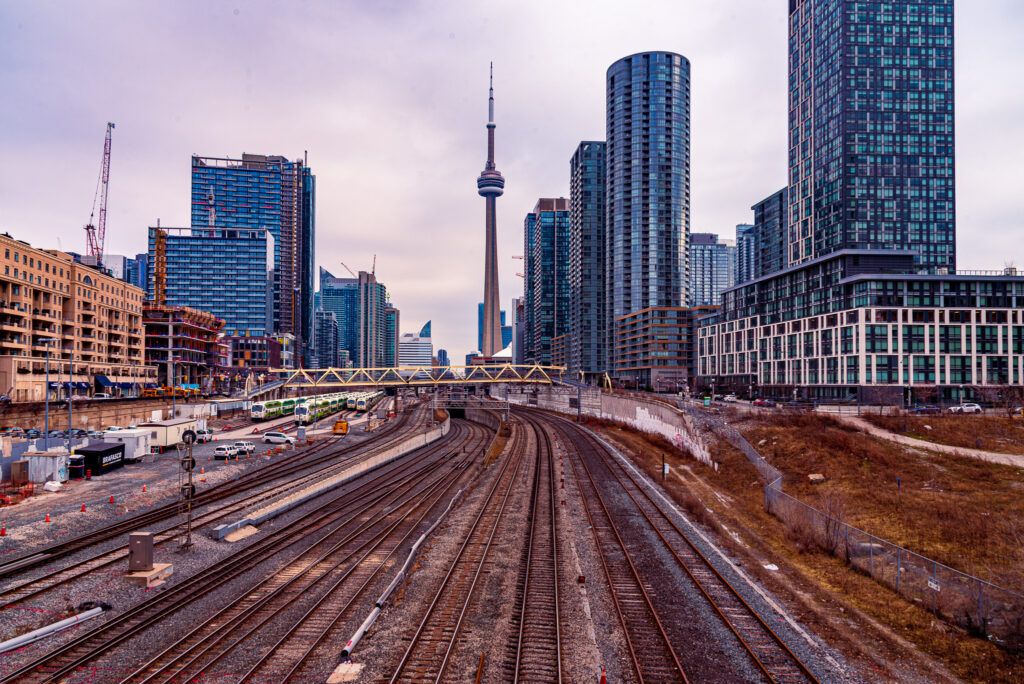
It was a simple conversation but that whole exchage was Toronto in a microcosm. People looked for something in common rather than what divided them.
Politeness, friendliness permeated the air. For a city of its size and diversity Toronto seemed surprisingly amiable. A sense of camaraderie seemed to be bind people , across the race, colour and linguistic fault lines.
Strangers spoke to each other in polite curiosity and as someone told me’ No one looked at someone with a different shade and asked them ‘Where are you really from’.
I was in Toronto for a few weeks, my 2nd visit in the last 7 years. The weather was unseasonably warm and wet. Snow had disappeared, the skies were grey. Excursions were limited and short , and the crowds limited to the heated department stores and malls.
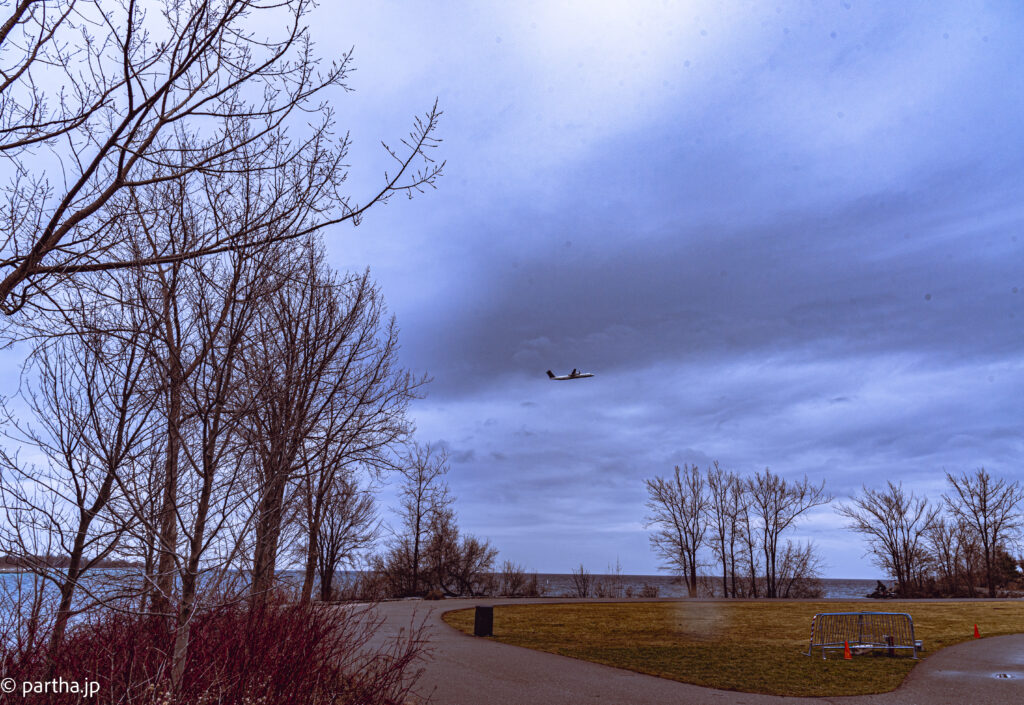
There was a certain calmness in Toronto that is puzzling for such a diverse city. The cultures seems to co-exist without mixing. The accents were foreign, people roamed around in homogeneous groups but there seemed to be no friction when the rubbed against each other.
The lack of discord seemed to permeate across the animals too. The dog walkers, surprisingly numerous to someone from a city like Tokyo , seemed to have no problem in handling their pets. Dogs, small and large, happily shared the available space.
The space seemed enough for the residents, the streets and sidewalks didn’t seem crowded. The crowds entering or leaving the malls were orderly and except for the puzzling habit of people sitting on the floor in the malls, everything seemed ordinary.
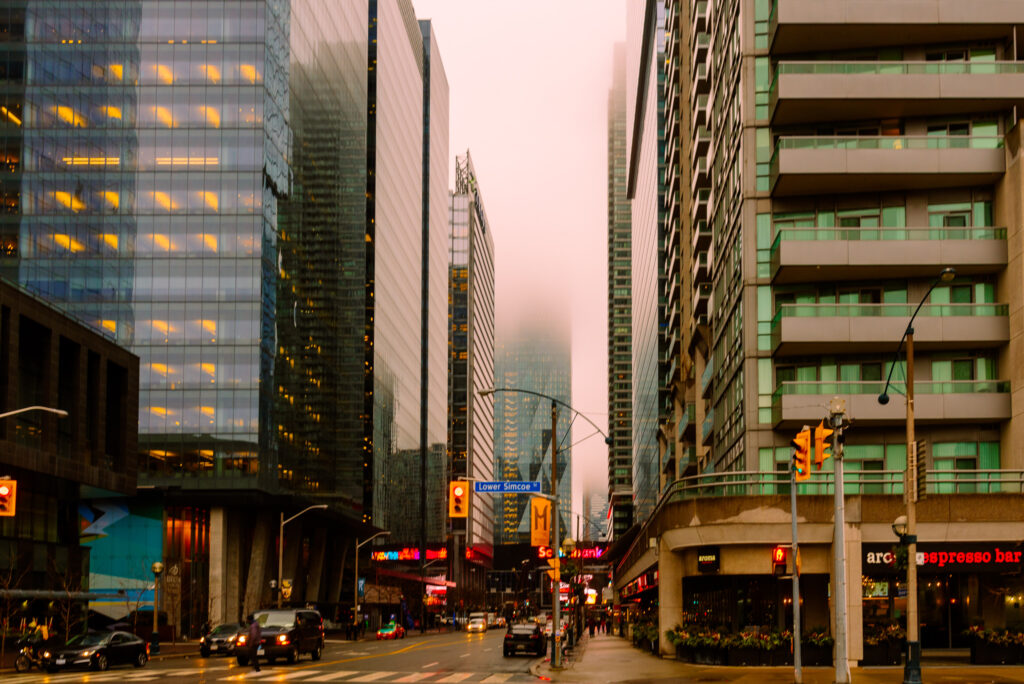
Then there were the joggers, people running in the middle of a working day, Remote work seemed to have been embraced willingly, young and old jogged across downtown Toronto in mid morning.
My stay did not permit excursions into the cultural silos of Toronto except for the unmistakably Indian suburb of Brampton, but an unplanned stop during a bike ride took me to Parkdale and it’s Little Tibet.
Biking around the Lakeshore Blvd, I decided to stop for lunch and found a few restaurants with a vegetarian menu on the maps app. Crossing a footbridge over the Gardiner Expressway and walking across a leafy path and decrepit houses I found a street lined with Tibetan restaurants.
The cluster of Tibetan restaurants were stacked next to each other, the menus including Indian dishes pointing to the first stop of the migrants. Lama monks walked outside on the streets and it was easy to forget for a minute that you were in a country thousands of kilometres away from where the monks had come from.
Then cannabis shops of Downtown Toronto stood out with their exotic names like Tokyo Daze or Seoul Cannabis, you could get imprisoned in the countries that the shops were named after, just for possession. There was a baffling ‘Monkey Thai Sushi’ or a bar called Shoeless Joe’s and Fat Bastard Burritos.
It was as if cultures came here to mutate, unshackled from the restrictions of their origin. Brampton with it’s large Indian population had trucks with what would be called ’Separatist ‘ slogans in India. Yet, all of the Indian cultures seemed to converge at the South Indian Annalakshmi’s, there was no separatism in cuisines.
The reports of skirmishes between Indians seemed improbably when one saw the diversity of the patrons at this South Indian restaurant.
Above all there was politeness, even the guy muttering to himself on the streetcar seemed docile.
‘Can’t they see I am mentally ill and trying to get by’, he muttered to no one in particular while getting off the streetcar.
The homeless stretched out on the streets oblivious to the bitter cold. The blankets that covered them seemed unfit to hold out the chill but did, helped on probably by stimulants use.
The following days had news of the homeless getting attacked, apparently by teenage girls, to steal alcohol or reports of attacks on people riding streetcars and subway seemed improbable.
The organized disorder of Graffiti alley with its narrow lanes littered with trash and feces, the doors of the shops camouflaged by the Graffiti sprayed across the building, seemed to stand out
The narrow streets stood in contrast to the order of Spandina Avenue and Queen’s street on the outside.
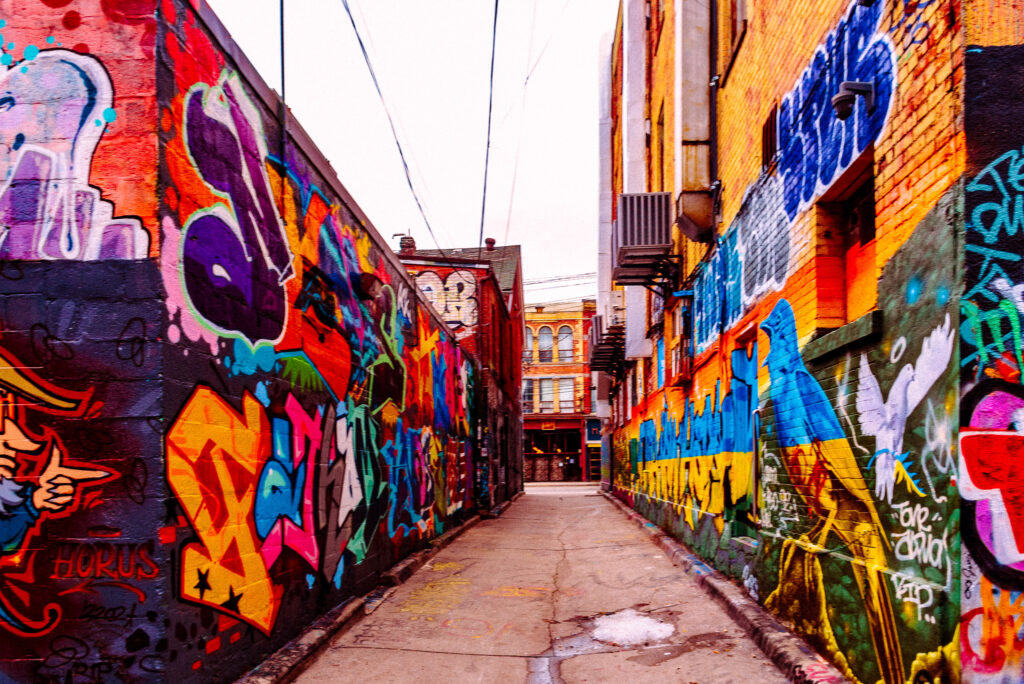
A lone artist was at work on one of the wall as a few more photographers paced the almost deserted lanes. A car with a flat tire stood out like a symbol, a handicapped part of the functioning city.
In a world that was growing unfriendly to immigrants, Toronto stood apart. It seemed less like a melting pot and more like meal with different courses, each served separately to heighten it’s taste but ultimately blending to form what could fit into Hemingway’s description of Paris, albeit with a more literal meaning a ‘Moveable Feast’.
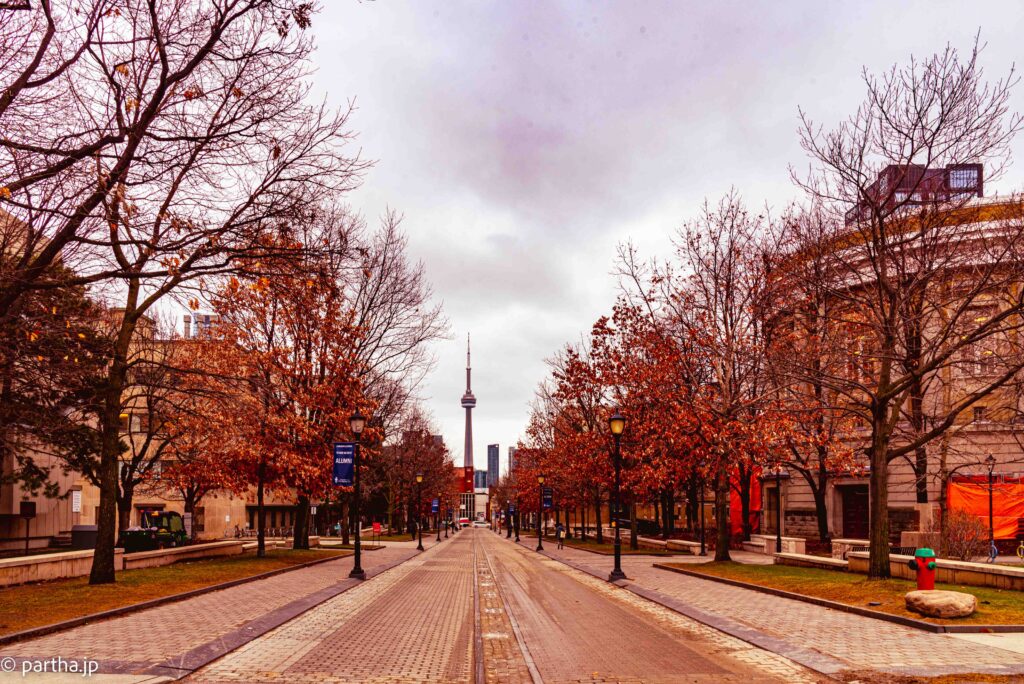
On a rare bright and cold morning I stood with my son in front of a food truck waiting for our order. An Middle Eastern couple ran the truck and the wife looked at me and asked my son ‘Is that your father’.
When I answered in the affirmative, the husband peeked out, handed both of us complementary sodas and said to me ‘Welcome to Canada’.




